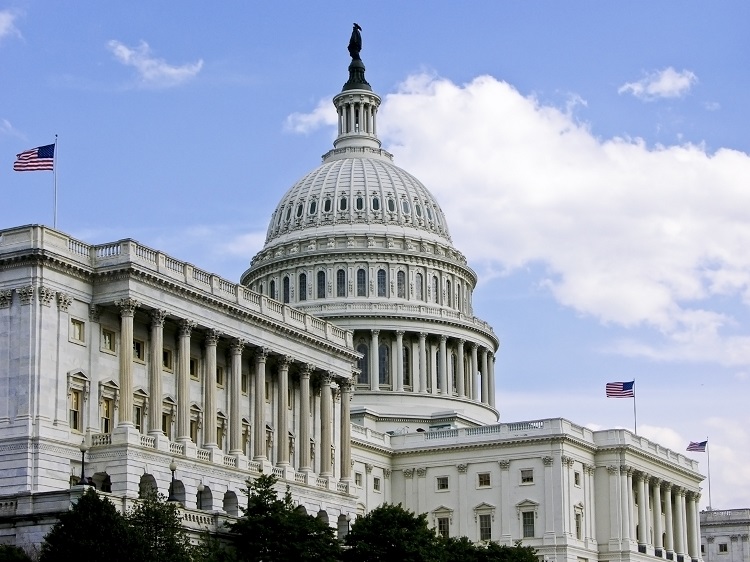Supporting the Affordable Housing Credit Improvement Act (AHCIA) is the most important move that lawmakers can make for affordable housing in their state, said Steve Walker, executive director of the Washington State Housing Finance Commission.
Representing the nation’s state housing finance agencies, he testified at a Senate Finance Committee hearing on tax policy’s role in increasing the affordable housing supply.
Walker noted that the Sen. Maria Cantwell (D-Wash.) and other legislators are poised to reintroduce the AHCIA, which seeks to expand the low-income housing tax credit (LIHTC) program.
“The housing credit program is our nation’s most effective tool,” he said. “It’s not the only tool, but it is the most effective tool for this challenge—building affordable housing. The truth is the private sector simply cannot and does not produce apartments at rents that low-income folks can afford.”
This includes people like baristas, warehouse workers, bank tellers, teachers, and retired seniors, he said.
In Washington and many other states, the shortage of housing has caused rents to rise so far out of proportion to incomes that thousands of families, especially families of color, are being pushed farther away from their jobs and communities in search of affordable rents, Walker told committee members.
Yet, the majority of apartments coming online today are only affordable to the top of the market, he said, adding that just providing rental vouchers, as some have suggested, would not change this dynamic.
“We need to produce affordable housing, and that’s what the housing credit does,” Walker said, urging lawmakers to back the AHCIA and other housing legislation.
Sharon Wilson Géno, president of the National Multifamily Housing Council (NMHC), said the United States needs to build an estimated 4.3 million more apartments by 2035 to make up for decadeslong underbuilding, meet future demand, and avoid increasingly expensive housing.
“We have kicked the can down the road long enough,” Wilson Géno said, urging senators to act on a variety of legislative proposals, including the AHCIA, the establishment of a middle-income housing tax credit, and enhancing Opportunity Zones.
She said short-term solutions are also needed, including increasing the supply of Housing Choice Vouchers and other supports for families in need.
Denise Scott, president of the Local Initiatives Support Corp., also called for lawmakers to expand the LIHTC program, saying Congress could spur the creation of over 2 million more rental units over the next decade by restoring the 12.5% increase in the housing credit allocation formula, which expired at the end of 2021.
Scott also noted that Congress could pass the Neighborhood Homes Investment Act, which would create 500,000 new homes over the next decade.
Mark Calabria, former director of the Federal Housing Finance Agency, urged caution at this point in the real estate cycle and suggested that changes to the tax credit program be coordinated with other housing programs. And, if the committee were to revisit the legislative framework for the housing credit, Calabria said his recommendations include looking at the addition of a subgoal of having a certain percentage of units going to households under 30% of the area median income.
For more from the hearing, visit the Senate Committee on Finance website.
